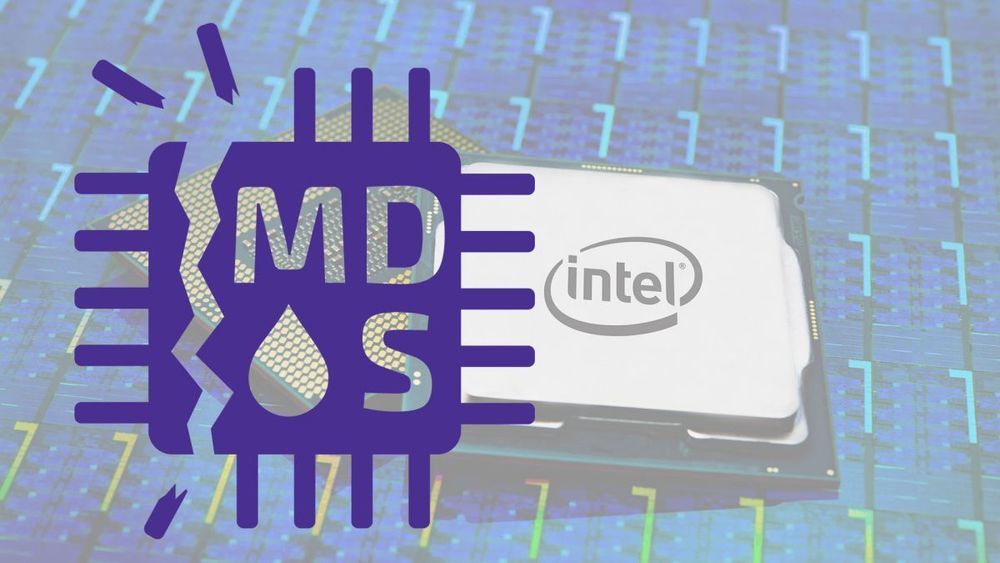May 17, 2019
Laptops to get maglev keyboards that reduce their thickness
Posted by Quinn Sena in category: computing
Magnetic levitation keyboards have been around for a while, but they’ve never really taken off, or floated our boats, or attracted much atten… Anyway, a Taiwanese manufacturer called Darfon is persevering with the idea, and it’s discovered that maglev keys, which rest on opposing magnets instead of mushy membranes or mechanical switches, can make laptop keyboards significantly thinner. Unfortunately, according to a CNET journalist who played with a couple of prototypes at Computex, the keys can be hard to type on if skinniness is taken to the extreme. Then again, there’s scope to change the resistance of the keyboard electronically to suit your preference, and Darfon claims it has already received orders from laptop makers who are targeting launches later this year. If that’s true, perhaps the technology isn’t so repellant after all.
[Image credit: Aloysius Low / CNET].



















